1. Vutskits L. Cerebral blood flow in the neonate. Paediatr Anaesth. 2014; 24:22–9.

2. Vutskits L, Skowno J. Perioperative hypotension in infants: insights from the GAS study. Anesth Analg. 2017; 125:719–20.

3. Tzeng YC, Ainslie PN. Blood pressure regulation IX: cerebral autoregulation under blood pressure challenges. Eur J Appl Physiol. 2014; 114:545–59.

4. Fantini S, Sassaroli A, Tgavalekos KT, Kornbluth J. Cerebral blood flow and autoregulation: current measurement techniques and prospects for noninvasive optical methods. Neurophotonics. 2016; 3:031411.

5. Weyland A, Stephan H, Kazmaier S, Weyland W, Schorn B, Grüne F, et al. Flow velocity measurements as an index of cerebral blood flow. Validity of transcranial Doppler sonographic monitoring during cardiac surgery. Anesthesiology. 1994; 81:1401–10.
6. Vinci F, Tiseo M, Colosimo D, Calandrino A, Ramenghi LA, Biasucci DG. Point-of-care brain ultrasound and transcranial doppler or color-coded doppler in critically ill neonates and children. 2024; 183:1059–72.

7. Couture A, Veyrac C, Baud C, Saguintaah M, Ferran JL. Advanced cranial ultrasound: transfontanellar Doppler imaging in neonates. Eur Radiol. 2001; 11:2399–410.

8. Polito A, Ricci Z, Di Chiara L, Giorni C, Iacoella C, Sanders SP, et al. Cerebral blood flow during cardiopulmonary bypass in pediatric cardiac surgery: the role of transcranial Doppler--a systematic review of the literature. Cardiovasc Ultrasound. 2006; 4:47.
9. White H, Venkatesh B. Applications of transcranial Doppler in the ICU: a review. Intensive Care Med. 2006; 32:981–94.

10. Verlhac S. Transcranial Doppler in children. Pediatr Radiol. 2011; 41 Suppl 1:S153–65.

11. Lovett ME, O'Brien NF. Transcranial Doppler ultrasound, a review for the pediatric intensivist. Children (Basel). 2022; 16:727.

12. Leth-Olsen M, Døhlen G, Torp H, Nyrnes SA. Cerebral blood flow dynamics during cardiac surgery in infants. Pediatr Res. 2024; doi:
10.1038/s41390-024-03161-z. [Epub ahead of print].

13. Lee JH, Min SH, Song IK, Kim HS, Kim CS, Kim JT. Control of cardiopulmonary bypass flow rate using transfontanellar ultrasonography and cerebral oximetry during selective antegrade cerebral perfusion. J Cardiothorac Vasc Anesth. 2016; 30:186–91.

14. Park YH, Song IK, Lee JH, Kim HS, Kim CS, Kim JT. Intraoperative trans-fontanellar cerebral ultrasonography in infants during cardiac surgery under cardiopulmonary bypass: an observational study. J Clin Monit Comput. 2017; 31:159–65.

15. Kim EH, Lee JH, Song IK, Kim HS, Jang YE, Kim WH, et al. Potential role of transfontanelle ultrasound for infants undergoing modified blalock-taussig shunt. J Cardiothorac Vasc Anesth. 2018; 32:1648–54.

16. Kim EH, Lee JH, Song IK, Kim HS, Jang YE, Kim JT. Respiratory variation of internal carotid artery blood flow peak velocity measured by transfontanelle ultrasound to predict fluid responsiveness in infants: a prospective observational study. Anesthesiology. 2019; 130:719–27.
17. Jarmund AH, Pedersen SA, Torp H, Dudink J, Nyrnes SA. A scoping review of cerebral Doppler arterial waveforms in infants. Ultrasound Med Biol. 2023; 49:919–36.

18. Vik SD, Torp H, Jarmund AH, Kiss G, Follestad T, Stoen R, et al. Continuous monitoring of cerebral blood flow during general anaesthesia in infants. BJA Open. 2023; 6:100144.

19. McCann ME, Schouten ANJ. Beyond survival; influences of blood pressure, cerebral perfusion and anesthesia on neurodevelopment. Paediatr Anaesth. 2014; 24:68–73.

20. Bode H, Wais U. Age dependence of flow velocities in basal cerebral arteries. Arch Dis Child. 1988; 63:606–11.

21. LaRovere KL, O'Brien NF. Transcranial Doppler sonography in pediatric neurocritical care: a review of clinical applications and case illustrations in the pediatric intensive care unit. J Ultrasound Med. 2015; 34:2121–32.
22. O'Brien NF, Reuter-Rice K, Wainwright MS, Kaplan SL, Appavu B, Erklauer JC, et al. Practice recommendations for transcranial doppler ultrasonography in critically ill children in the pediatric intensive care unit: a multidisciplinary expert consensus statement. J Pediatr Intensive Care. 2021; 10:133–42.
23. Rhondali O, Mahr A, Simonin-Lansiaux S, De Queiroz M, Rhzioual-Berrada K, Combet S, et al. Impact of sevoflurane anesthesia on cerebral blood flow in children younger than 2 years. Paediatr Anaesth. 2013; 23:946–51.
24. Deeg KH RT, Hofbeck M. Doppler sonography in infancy and childhood. Cham: Springer;2014.
25. Greisen G. Cerebral blood flow and oxygenation in infants after birth asphyxia. Clinically useful information? Early Hum Dev. 2014; 90:703–5.

26. Bellner J, Romner B, Reinstrup P, Kristiansson KA, Ryding E, Brandt L. Transcranial Doppler sonography pulsatility index (PI) reflects intracranial pressure (ICP). Surg Neurol. 2004; 62:45–51. discussion 51.

27. Lau VI, Arntfield RT. Point-of-care transcranial Doppler by intensivists. Crit Ultrasound J. 2017; 9:21.

28. Denault A, Canty D, Azzam M, Amir A, Gebhard CE. Whole body ultrasound in the operating room and intensive care unit. Korean J Anesthesiol. 2019; 72:413–28.

29. Allison JW, Faddis LA, Kinder DL, Roberson PK, Glasier CM, Seibert JJ. Intracranial resistive index (RI) values in normal term infants during the first day of life. Pediatr Radiol. 2000; 30:618–20.

30. Lowe LH, Bulas DI. Transcranial Doppler imaging in children: sickle cell screening and beyond. Pediatr Radiol. 2005; 35:54–65.

31. Gray PH, Tudehope DI, Masel JP, Burns YR, Mohay HA, O'Callaghan MJ, et al. Perinatal hypoxic-ischaemic brain injury: prediction of outcome. Dev Med Child Neurol. 1993; 35:965–73.
32. Bulas DI, Vezina GL. Preterm anoxic injury. Radiologic evaluation. Radiol Clin North Am. 1999; 37:1147–61.
33. Soetaert AM, Lowe LH, Formen C. Pediatric cranial Doppler sonography in children: non-sickle cell applications. Curr Probl Diagn Radiol. 2009; 38:218–27.

34. Morris RK, Say R, Robson SC, Kleijnen J, Khan KS. Systematic review and meta-analysis of middle cerebral artery Doppler to predict perinatal wellbeing. Eur J Obstet Gynecol Reprod Biol. 2012; 165:141–55.

35. Camfferman FA, De Goederen R, Govaert P, Dudink J, Van Bel F, Pellicer A, et al. Diagnostic and predictive value of Doppler ultrasound for evaluation of the brain circulation in preterm infants: a systematic review. Pediatr Res. 2020; 87(Suppl 1):50–8.

36. Lowe LH, Bailey Z. State-of-the-art cranial sonography: Part 1, modern techniques and image interpretation. AJR Am J Roentgenol. 2011; 196:1028–33.

37. Ecury-Goossen GM, Camfferman FA, Leijser LM, Govaert P, Dudink J. State of the art cranial ultrasound imaging in neonates. J Vis Exp. 2015; e52238.

38. Park JB, Cho SA, Jang YE, Kim EH, Lee JH, Ji SH, et al. Unusual cerebral blood flow pattern detected with intraoperative transfontanelle ultrasonography in infants undergoing rebanding of modified blalock-taussig shunt. J Cardiothorac Vasc Anesth. 2021; 35:1250–3.

39. Robba C, Taccone FS. How I use transcranial Doppler. Crit Care. 2019; 23:1–4.

40. Moritz S, Kasprzak P, Arlt M, Taeger K, Metz C. Accuracy of cerebral monitoring in detecting cerebral ischemia during carotid endarterectomy: a comparison of transcranial Doppler sonography, near-infrared spectroscopy, stump pressure, and somatosensory evoked potentials. Anesthesiology. 2007; 107:563–9.
41. Alexandrov AV, Sloan MA, Tegeler CH, Newell DN, Lumsden A, Garami Z, et al. Practice standards for transcranial Doppler (TCD) ultrasound. Part II. Clinical indications and expected outcomes. J Neuroimaging. 2012; 22:215–24.

42. Bouzat P, Almeras L, Manhes P, Sanders L, Levrat A, David JS, et al. Transcranial Doppler to predict neurologic outcome after mild to moderate traumatic brain injury. Anesthesiology. 2016; 125:346–54.
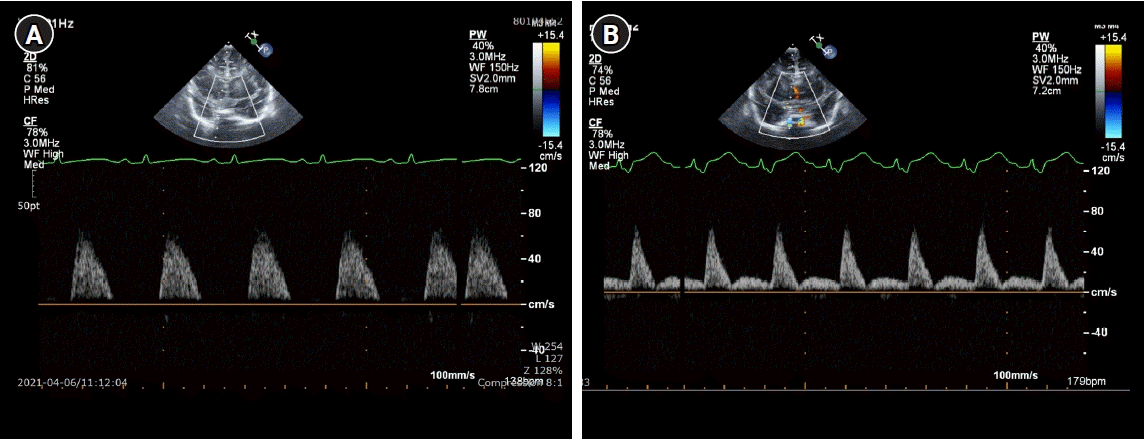
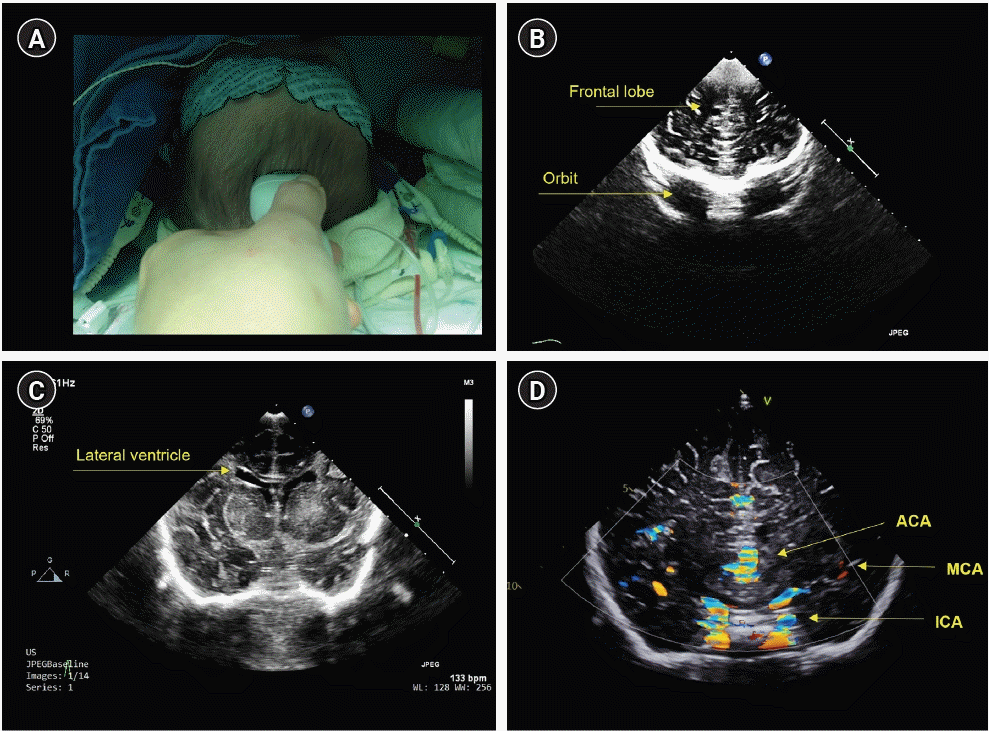

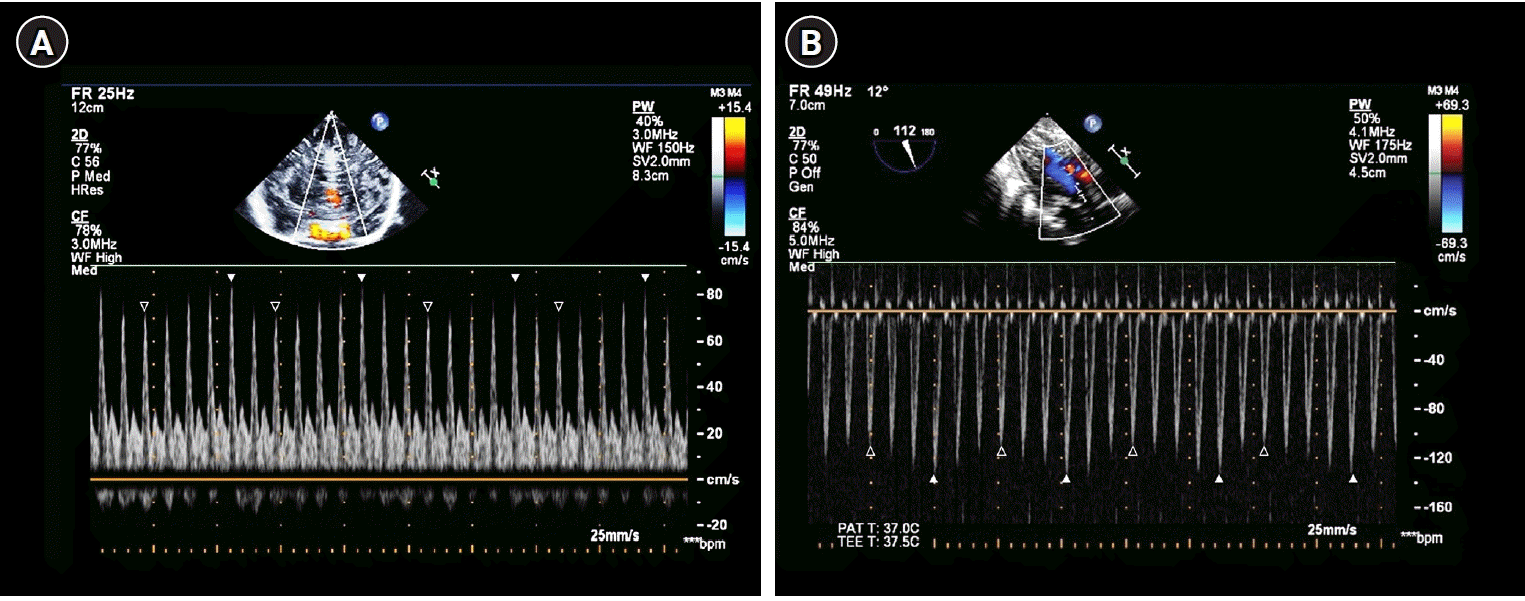




 PDF
PDF Citation
Citation Print
Print



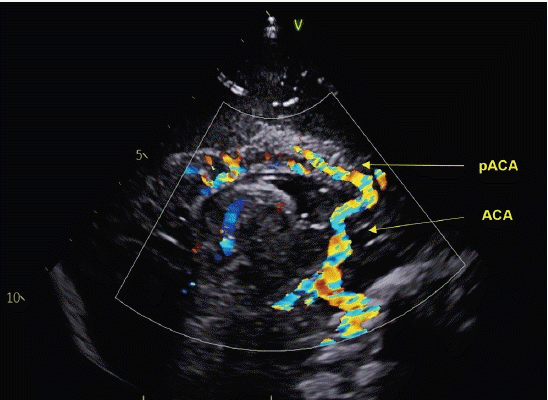
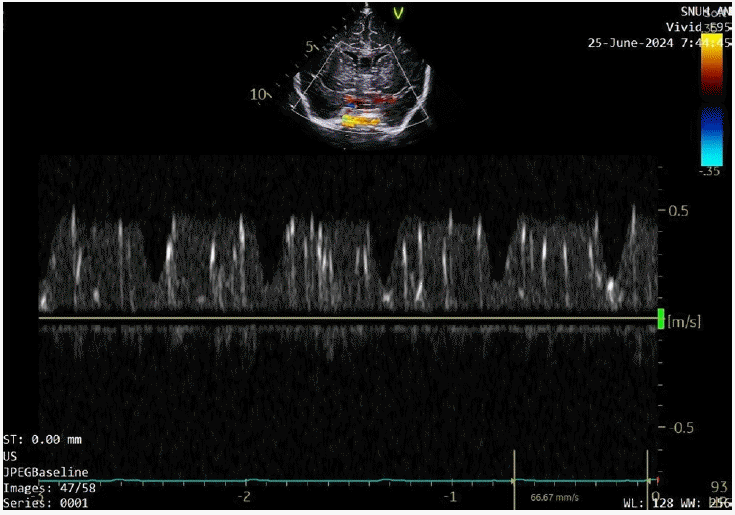
 XML Download
XML Download